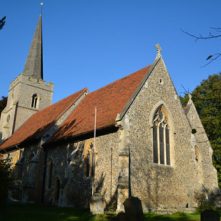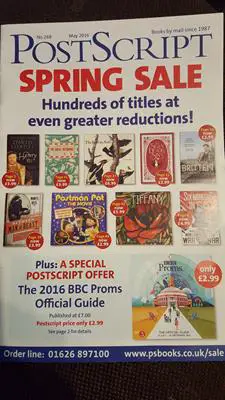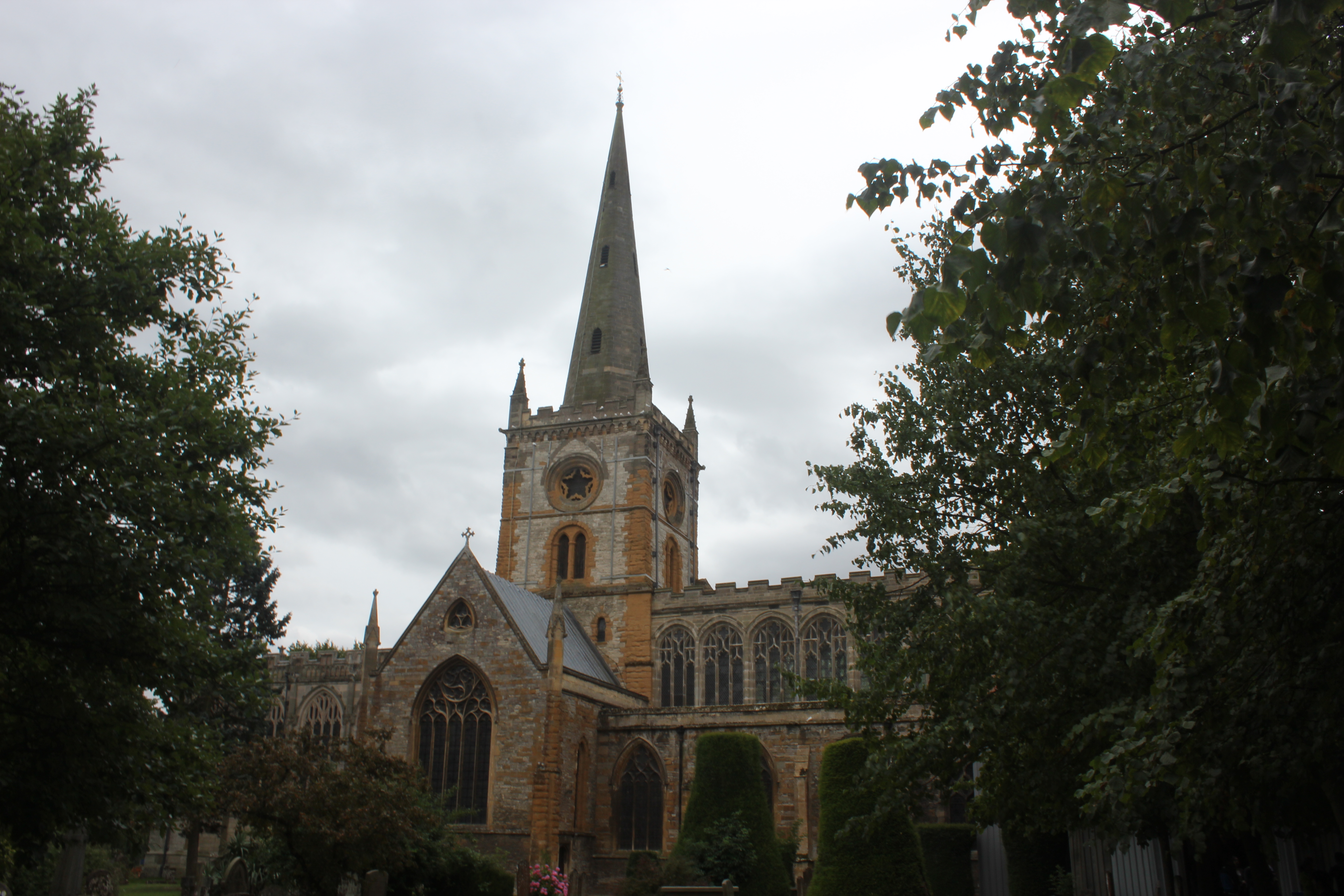
St Giles' Church Great Hallingbury
Tudor Society member Dr Catherine Helm-Clark has just completed research on the Parker family tomb complex which can be found in Church of St. Giles in Great Hallingbury, Essex. The Parkers being the family of Jane Boleyn, Lady Rochford. With the help of Paul Walker, who went and photographed the tombs, Catherine has been able to transcribe and translate the tomb inscriptions. It's amazing what she's been able to do, and we are so grateful to her for sharing her research with us here at the Tudor Society.
You can download her report using the following links:



This report is AMAZING! It goes into detail about how Catherine managed to decipher the ancient gravestone writing, and then had to translate from Latin. It’s a really high quality piece. Well done and thank you Catherine!
It is a fantastic piece of research and suddenly the Parker family are alive. Thank you Catherine. I am looking forward to reading your next piece of research.
Just wanted to say how much I enjoyed reading Catherine’s Report. It really is amazing how she managed to read the writing on the gravestones, by using the software to create contrast, and then to translate from Latin also. It was a beautifully written report, and so interesting about the Parker family. Thank you Catherine and Tudor Society for sharing this with us.
Well, thank you for the compliments. I’m happy that you folks liked it. (Insert much blushing here.) I think I may try doing a short biography of Lord Morley next.
regards,
“Doc Clark”
(i.e. Catherine Helm-Clark, which is too long for my lazy fingers to type on social media)
Please do!
Did “Doc Clark” discover where the original Morley Tomb was situated in St. Giles’ Church? I presume it must have been in the chancel near the altar, but I can find no evidence for this. The brass plaques were moved to the church tower in 1874, when the church was restored.
I actually attend worship in St Giles’ Church and have given talks about Lord Morley to local history groups. Did “Doc Clark” ever write her short biography of Henry Parker?
Thank you for any information..
Hi Philip,
I’ve just alerted Doc to your comment so hopefully she’ll log-in and reply to you. How wonderful that you get the opportunity to talk about such an interesting man.
Claire
Philip,
St. Giles’ own description (https://www.hallingburychurches.co.uk/st-giles.html) describes the tomb as being “in the north wall of the nave” before the Victotrian rebuilding of the church. This fits with a lithograph that I found in the online materials of the Essex Records Office. The lithograph shows what I believe to be the remains of the tomb in a post-English Civil War state, in the north wall to the left of the altar in the chancel.
The 2017 web address of the lithograph was https://secureweb1.essexcc.gov.uk/SeaxPAM/result_details.aspx?ThisRecordsOffSet=1&id=304763
Unfortunately, the Essex Records Office has redone their URL for online records and the address no longer works. Luckily, I downloaded a copy and put it on a pinterest site at https://www.pinterest.com/pin/579275570793201853/
I no longer use the pinterest site since I have come to hate their obtrusive and obnoxious advertising but I have never dismantled what I put there. So you can still see a copy of the lithograph I found.
In the lithograph, the lack of “high church” touches in the lithograph leads me to believe that this church suffered from the stripping of the churches during and after the civil war, especially since Great Hallingbury was solidly in roundhead territory. The box stalls in the church are reminiscent of the surviving box stalls in the seventeenth century churches Boston, Massachusetts (e.g. King’s Chapel and the Old South Meeting House) and Providence, Rhode Island (e.g. First Baptist Church).
The scene in in the lithograph is a rather bare church interior. The rood screen is gone and there are no saint statues or other ornamental touches. The glass in the windows is shown as plain. The walls are depicted as undecorated in contrast to the arms of England over the church’s famous Roman brick arch. The eighteenth century metal tablet is clearly visible to the left of the rather dull neo-classical palladian-style back plaque of the altar.
The strange railing thing that rises vertically in the aisle and then stretches to the right diagonally has me totally stumped.
But the thing that’s interesting is the edifice that’s in the northwall to the left of the altar. Look at the square things inset in this thing. The one in the middle is slightly bigger than the others. Now go and compare the size and shape of them to the plaques of the Parker tomb that are now in the wall of the bell tower today.
Also, note the small alcove in the wall on top of this edifice. It’s the right size and shape of that cute little mori momento cadaver from the tomb.
To sum things up, I think what this little lithograph is showing is the Parker family tomb in the north wall in the chancel. It’s an appropriate place since the Lords Morley held the avowson of the church and therefore were major patrons of it.
Have I finished the biography? Well, it’s gotten to be not exactly short, at least by American publishing standards. I’m currently stalled in the middle of the 1530s. That just happens to be Morley’s more active period politically. He had complicated relationships with Fisher, Cromwell, Norfolk and Princess Mary, which makes charting his course through this period challenging because it’s hard to discern where his real feeling lay. It’s also the period just before he found his muse as a translator and writer.
Now that I have survived moving and lived through having the dread COVID, I have been working on getting back up to speed on the research so I can finish the bio. Sadly, Great Hallingbury doesn’t become the center of Morley’s universe until after 1536, so I don’t have a lot written yet on the locale. When you look at Morley’s surviving correspondence, none of it was sent from Great Hallingbury until after 1536. Before that date, it was all sent from Mark Hall near Harlow.
Send me your email address to my home email address, [email protected], and I can send you what I’ve written thus far since you’re giving talks about Lord Morley. But be warned, it’s incomplete past 1536.
Thank you for your reply. It confirms my thoughts that a member of the aristocracy would be buried in the chancel and not in the nave of St. Giles’ Church.
I apologise for the delay in replying to your very helpful answer, but I was in some discomfit last year, while waiting for a much-needed hip operation. It was difficult to sit at a computer for any length of time. Fortunately, I had the op last November.
Thank you for kindly offering to send me a draft of your biography. I am giving a talk about Lord Morley in October, so that would be extremely helpful.